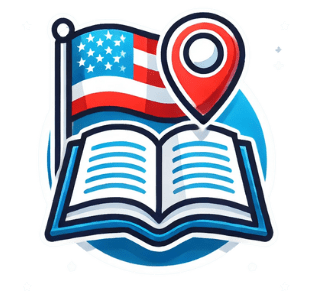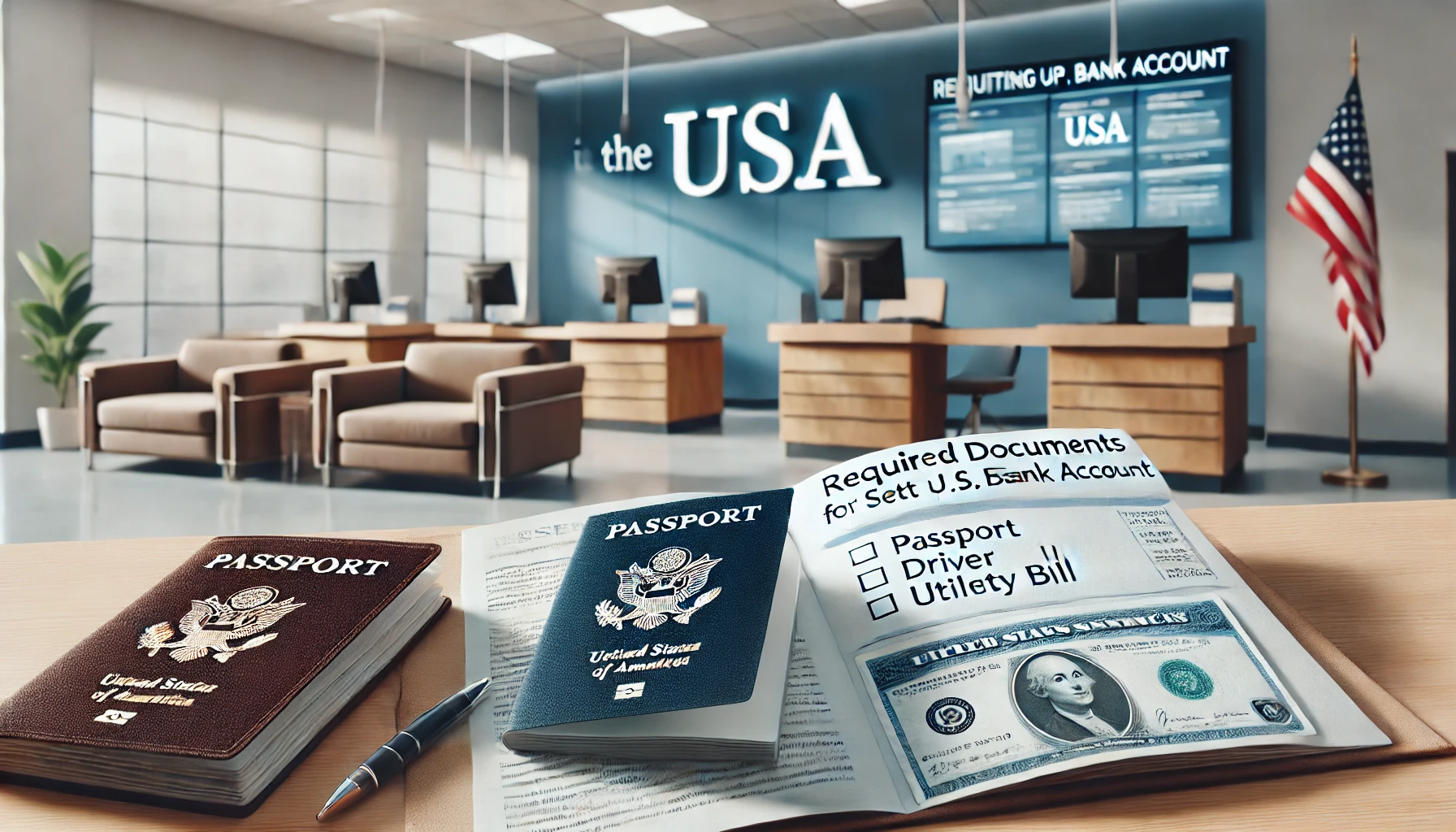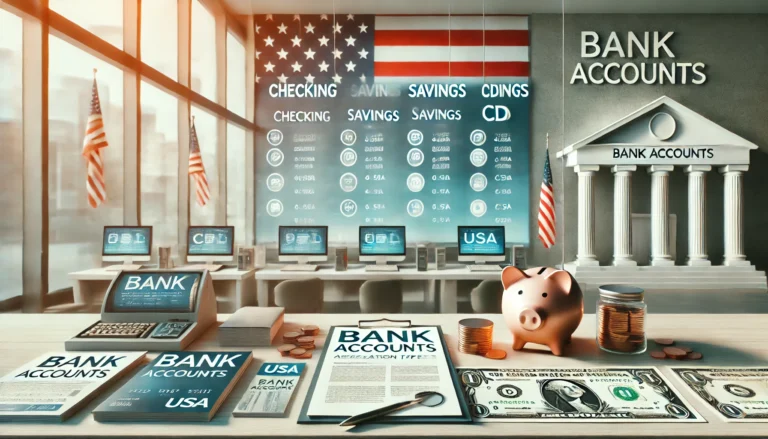Required Documents for Setting Up Your First US Bank Account
Opening a bank account in the USA is a crucial step toward managing your finances, paying bills, and saving for the future. While the process can seem daunting, having the right documents prepared will make it a lot smoother. This guide will explain the documents required to set up your first U.S. bank account and provide practical advice to help you navigate the process with confidence.
Table of Contents
- Why Open a U.S. Bank Account?
- Understanding the Document Requirements
- Types of Identification Required
- Social Security Number (SSN) or Individual Taxpayer Identification Number (ITIN)
- Proof of Address: What You Can Use
- Additional Documentation for Non-Residents
- Documentation for Minors Opening a Bank Account
- Step-by-Step Guide to Gathering Documents
- Common Issues and How to Address Them
- How to Prepare for In-Person Applications
- Documents Needed for Online Account Setup
- What to Do if You Don’t Have All the Required Documents
- Tips for a Successful Application
- How to Securely Store Your Bank Documents
- Frequently Asked Questions (FAQs)
- Conclusion: Setting Up Your U.S. Bank Account with Confidence
1. Why Open a U.S. Bank Account?
Having a U.S. bank account is essential for managing your finances effectively, whether you’re a resident or an international visitor. It allows you to receive payments, pay bills, save securely, and build a financial history. For newcomers, it’s a significant step in settling into life in the United States. Not only does it simplify daily transactions, but it can also help you build credit and qualify for loans or mortgages in the future.
2. Understanding the Document Requirements
Banks in the USA have strict document requirements to prevent fraud, ensure compliance with federal laws, and verify the identity of customers. Understanding what documents are required and why they’re needed can help you prepare thoroughly.
3. Types of Identification Required
Most banks require at least one form of government-issued identification to open an account. Here’s what you can use:
- Primary ID: This could be a U.S. driver’s license, state ID, passport, or military ID.
- Secondary ID: Some banks may request a secondary form of identification, such as a birth certificate, work permit, or university ID.
If you’re new to driving in the U.S., you might find our Step-by-Step Guide to Obtaining a Driver’s License helpful for acquiring a U.S. ID.
4. Social Security Number (SSN) or Individual Taxpayer Identification Number (ITIN)
A Social Security Number (SSN) is a common requirement for opening a bank account in the USA. It’s used to verify your identity and is often necessary for credit-building purposes.
- SSN: Typically required for U.S. citizens and residents.
- ITIN: For those not eligible for an SSN, an Individual Taxpayer Identification Number can be used. It is issued by the IRS to non-citizens for tax purposes.
To learn more about getting an SSN, visit our Guide on How to Get a Social Security Number in the USA.
5. Proof of Address: What You Can Use
Banks require proof of address to verify that you live at a certain location. This helps with security and fraud prevention.
- Acceptable Forms: Utility bills, lease agreements, official letters from a government agency, or a letter from your employer can all serve as proof of address.
- Tips for Newcomers: If you’ve just moved to the U.S. and don’t have utility bills, some banks accept temporary proof, such as a letter from your housing provider.
For more guidance on setting up your residency, check out our Guide to Setting Up Utilities in Your New Home.
6. Additional Documentation for Non-Residents
Non-residents may face a few extra requirements when opening a U.S. bank account. Some banks may ask for:
- Visa or I-94 Form: To verify your legal status in the U.S.
- Foreign Passport: Serving as your primary identification.
- Letter of Introduction: Sometimes required from your employer or educational institution.
7. Documentation for Minors Opening a Bank Account
Minors under the age of 18 can open a bank account with a parent or guardian as a co-signer. The required documents typically include:
- Minor’s Birth Certificate: To verify age and identity.
- School ID or Student Card: If available, this can serve as secondary identification.
- Parent’s Identification: The parent or guardian will need to provide their own ID and proof of address.
8. Step-by-Step Guide to Gathering Documents
1. Check Bank Requirements
Each bank has its own policies, so it’s wise to check their specific document requirements before you start gathering paperwork.
2. Organize Your Paperwork
Create a checklist of documents needed, such as ID, proof of address, and SSN/ITIN, and keep everything together in a folder.
9. Common Issues and How to Address Them
Sometimes, it may not be easy to provide a specific document. Here are some common issues and their solutions:
- Problem with Proof of Address: If you’re staying with a friend or relative, ask them to provide a utility bill in your name or a signed affidavit verifying your residency.
- Missing Documents: Contact the bank to ask if they accept alternative documentation, such as a letter from an employer or educational institution.
10. How to Prepare for In-Person Applications
When applying in person, be sure to:
- Make an Appointment: This can speed up the process.
- Bring Copies: While the bank will usually return original documents, it’s helpful to have copies.
11. Documents Needed for Online Account Setup
Many banks now offer the option to open accounts online, which can be convenient if you already have digital copies of your documents.
- Digital Copies: You will need to upload clear, legible copies of your ID, proof of address, and SSN/ITIN.
- Verification Steps: Online applications may involve additional security checks, such as verifying small test deposits.
12. What to Do if You Don’t Have All the Required Documents
If you lack a required document, you still have options:
- Alternative Solutions: For example, a letter from your employer or school can sometimes be used as proof of address.
- Temporary Accounts: Some banks offer temporary or limited-service accounts to customers without all the documents, with the expectation that full documentation will be provided within a specified period.
13. Tips for a Successful Application
- Double-Check Requirements: Confirm the documents needed with the bank beforehand.
- Ask Questions: Contact customer service if you have doubts about any document requirements.
- Prepare for Delays: Sometimes banks need extra time to verify documents, especially for non-residents.
14. How to Securely Store Your Bank Documents
- Physical Storage: Keep original documents in a lockbox or fireproof safe.
- Digital Storage: Use encrypted digital storage for scanned copies of important documents.
15. Frequently Asked Questions (FAQs)
- Can I open a bank account without an SSN?
Yes, many banks allow you to open an account with an ITIN. - What counts as proof of address?
Utility bills, lease agreements, and official letters from government agencies are common options. - Can minors open a bank account on their own?
No, minors need a parent or guardian to co-sign. - Is a U.S. ID necessary?
While a U.S. ID makes the process easier, foreign passports are often accepted. - What if I don’t have a permanent address yet?
Some banks may allow you to use a temporary address or a letter from your housing provider.
16. Conclusion: Setting Up Your U.S. Bank Account with Confidence
Opening a bank account in the U.S. may require some preparation, but understanding the document requirements can save you time and hassle. By gathering the right documents and following this guide, you’ll be well on your way to managing your finances efficiently. Remember, being prepared with the right documentation will make the process smoother and quicker.





